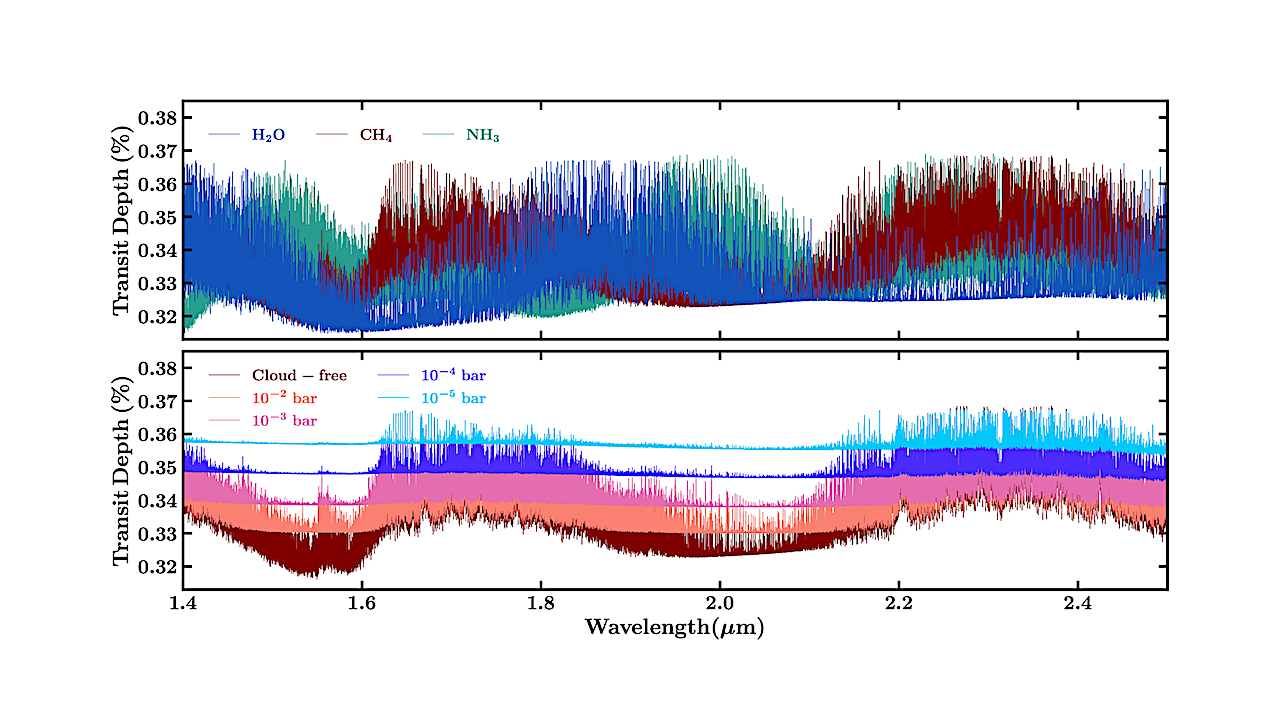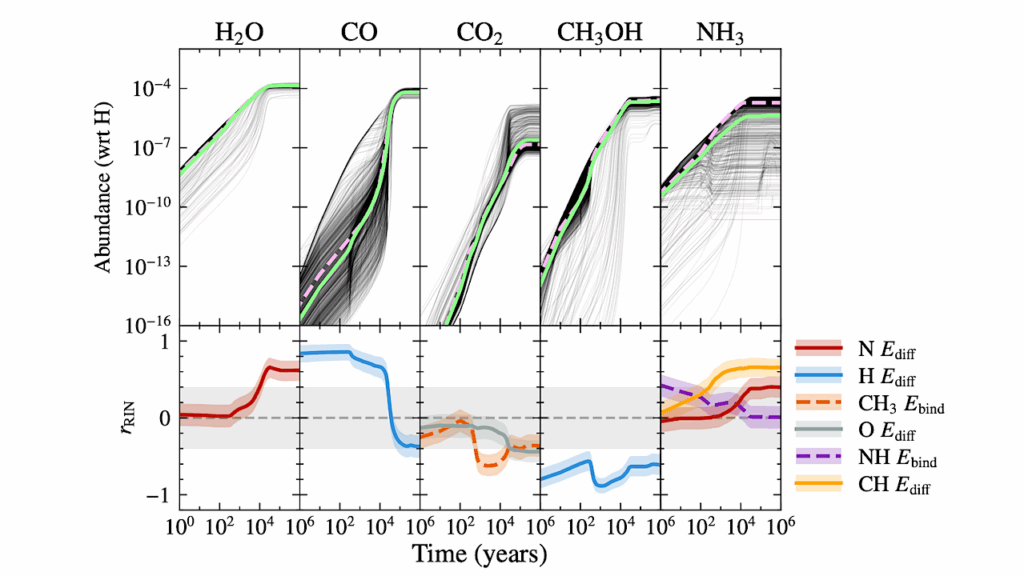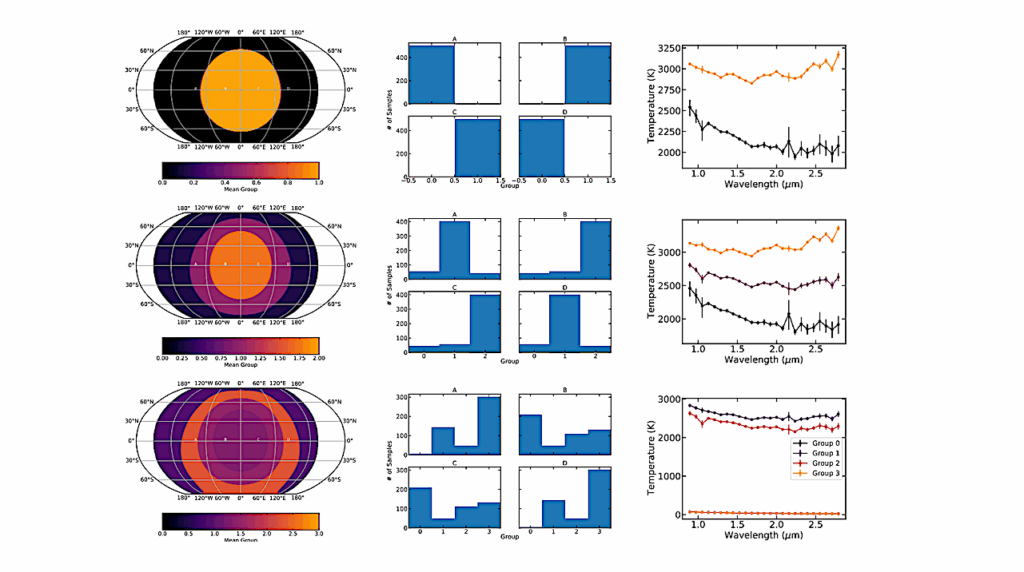High-resolution Spectroscopic Reconnaissance Of A Temperate Sub-Neptune

The study of temperate sub-Neptunes is the new frontier in exoplanetary science. A major development in the past year has been the first detection of carbon-bearing molecules in the atmosphere of a temperate sub-Neptune, K2-18 b, a possible Hycean world, with the James Webb Space Telescope (JWST).
The JWST is poised to characterise the atmospheres of several other such planets with important implications for planetary processes in the temperate regime. Meanwhile, ground-based high-resolution spectroscopy has been highly successful in detecting chemical signatures of giant exoplanets, though low-mass planets have remained elusive. In the present work, we report the atmospheric reconnaissance of a temperate sub-Neptune using ground-based high-resolution transmission spectroscopy.
The long orbital period and the low systemic velocity results in a low planetary radial velocity during transit, making this system a valuable testbed for high-resolution spectroscopy of temperate sub-Neptunes. We observe high-resolution time-series spectroscopy in the H- and K-bands during the planetary transit with the IGRINS instrument (R∼45,000) on Gemini-South.
Using observations from a single transit we find marginal evidence (2.2σ) for the presence of methane (CH4) in the atmosphere and no evidence for ammonia (NH3) despite its strong detectability for a cloud-free H2-rich atmosphere.
We assess our findings using injection tests with different atmospheric scenarios, and find them to be consistent with a high CH4/NH3 ratio and/or the presence of high-altitude clouds. Our results demonstrate the capability of Gemini-S/IGRINS for atmospheric characterization of temperate sub-Neptunes, and the complementarity between space- and ground-based facilities in this planetary regime.
Samuel H. C. Cabot, Nikku Madhusudhan, Savvas Constantinou, Diana Valencia, Johanna M. Vos, Thomas Masseron, Connor J. Cheverall
Comments: Accepted for publication in ApJ Letters
Subjects: Earth and Planetary Astrophysics (astro-ph.EP)
Cite as: arXiv:2403.18891 [astro-ph.EP] (or arXiv:2403.18891v1 [astro-ph.EP] for this version)
Submission history
From: Madhusudhan Nikku
[v1] Wed, 27 Mar 2024 18:00:01 UTC (3,485 KB)
https://arxiv.org/abs/2403.18891
Astrobiology,








